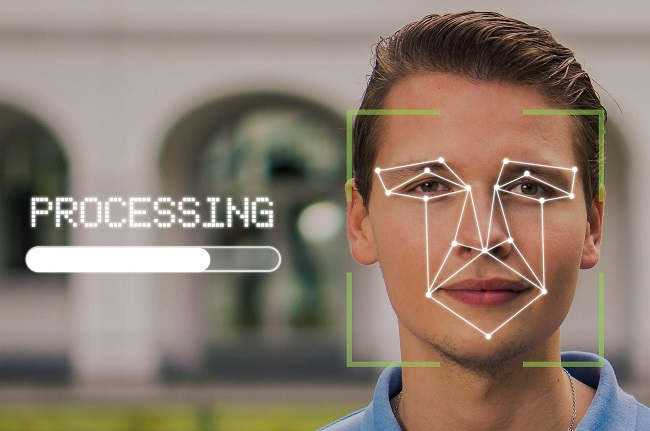PimEyes says it is impartial and just a “tool provider,” but its commercial model seems suspect. Prices for “premium subscriptions” range from $90 to $300 a month, and they include the option to request that specific images not appear in the platform’s default search results.
Face Search Engine Price
For the low, low price of $29.99 a month, a website called PimEyes gives you access to a potentially hazardous science fiction superpower: the capacity to search for a face, locating obscure photographs that would otherwise be as secure as the proverbial needle in the enormous digital haystack of the internet. It doesn’t take more than a few seconds to conduct a search.

After uploading a photo of a face and checking a box to indicate your acceptance of the terms of service, you are presented with a grid of photos of other, similarly-appearing faces, along with clickable links to their respective online locations.
PimEyes sifted through news stories, wedding photography pages, review sites, blogs, and pornographic sites to find the sometimes shocking photographs it surfaced. All but two of the 12 journalists’ faces were correctly matched. It was especially upsetting for the women because the false photographs frequently originated from pornography sites. (It was not them.) Mr. Gobronidze worked as a professional and served in the Georgian Army before pursuing a master’s degree in international relations. As a professor, he first entered the field in 2014 and has since remained at European University in Tiflis, Georgia.
Mr. Gobronidze was teaching on an exchange programme at a university in Poland in 2017 when one of his students allegedly connected him to two “hacker” types working on a face programme. These two men’s names were Lucasz Kowalczyk and Denis Tatina. He described them as “great masterminds” but “total introverts” who weren’t enamoured with the spotlight.
Last Words
For the purposes of Mr. Gobronidze’s pedagogical analysis, they decided to have a conversation with him about the idea that would become PimEyes. He stated they had described how the computer used neural internet technology to map a face’s features and compare those maps to databases containing images of other faces with comparable dimensions; the software then learned how to most accurately confirm a match over time.

